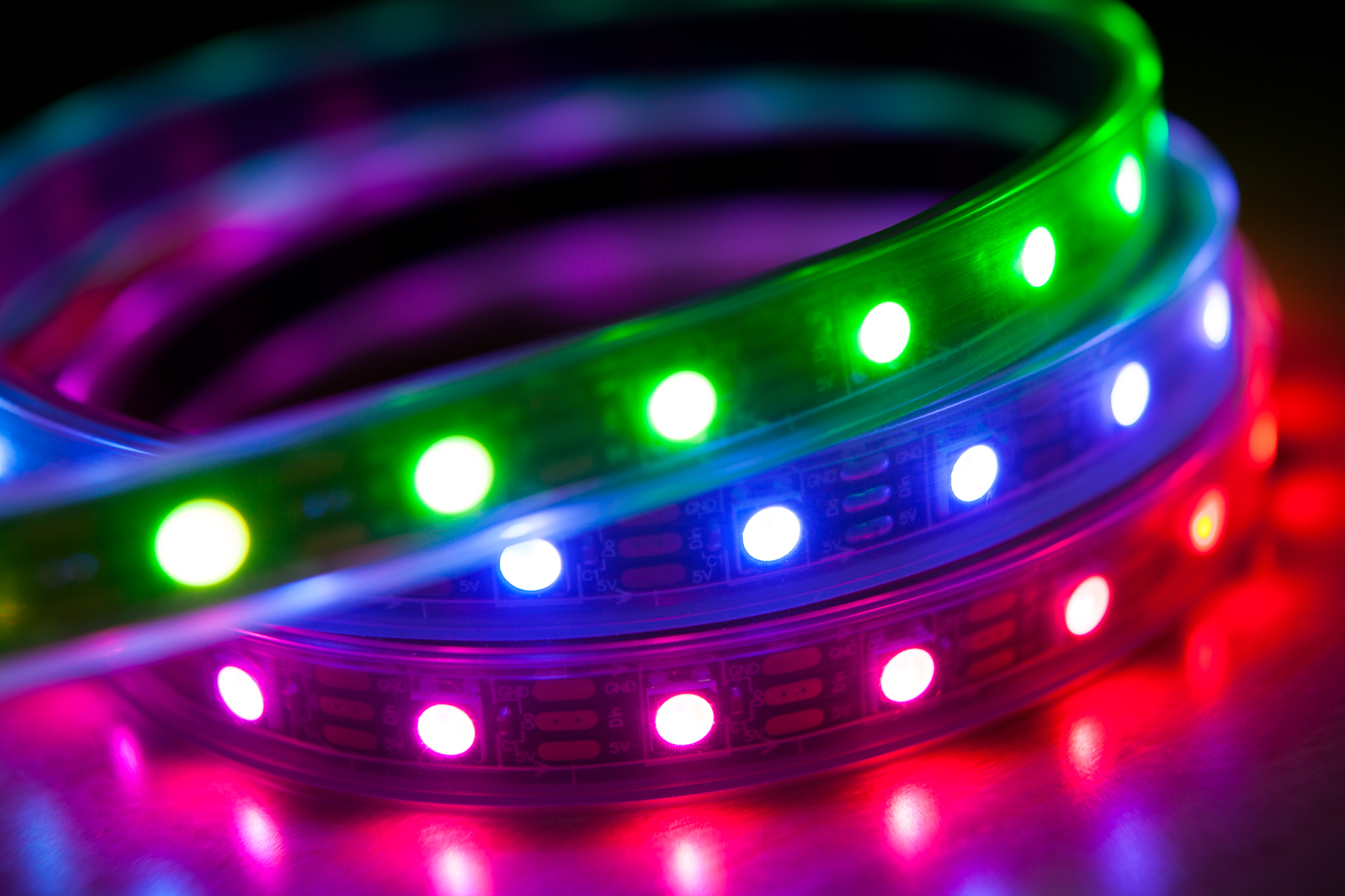McCree Hammershot: Conclusion
The McCree controller is done! Now it’s time to take a break and do a little postmortem: what worked well, what didn’t, and what I would do differently next time.

The McCree controller is done! Now it’s time to take a break and do a little postmortem: what worked well, what didn’t, and what I would do differently next time.
The McCree controller is so close to being done! There’s one last change to make: swapping out the DDR dance pad for a faster controller. That ‘faster controller’ is going to be a Wii Nunchuk, the one-handed extension controller for Nintendo’s 7th generation console.
(more…)Although the controller is now operational, it has a few bugs that need to be ironed out and a couple of controls that need to be tweaked to make the game more playable. I learned a lot from the playtests so now it’s time to make some changes.
There are three problems with the controller that need to be fixed: the flashbang, the aiming accuracy, and the aiming speed.
(more…)The controller is assembled and programmed, so it’s time to put it through its paces, play some games, and see how well it works!
(more…)The hardware is done and the Nerf gun is assembled, so all that’s left is to write the code to drive the controller!
The controller hardware is so close to being done! The last step is to wire everything to the completed circuit board and then re-assemble the controller shell.
Most of this wiring I did as I went along, but since the same process was used throughout I thought it would be better to discuss everything at the same time.
I’ve got buttons, a rotary encoder, a touch-sensitive antenna, and a fancy RGB LED. Now it’s time to tie everything together with a custom circuit board!
(more…)The basic button controls have been added to my Nerf controller, so now it’s time to add a bit of flash: an RGB indicator light and a hidden touch-sensitive button.